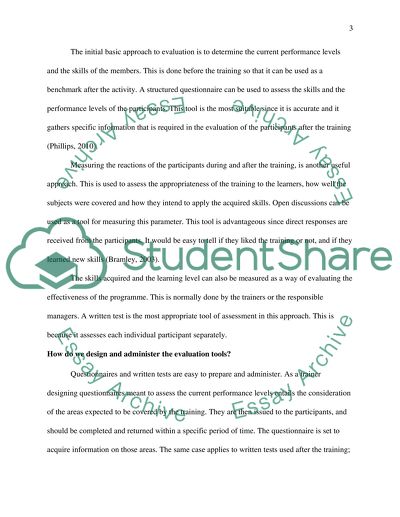Evaluating Learning and Development Activities PowerPoint Presentation. Retrieved from https://studentshare.org/miscellaneous/1611377-evaluating-learning-and-development-activities
Evaluating Learning and Development Activities PowerPoint Presentation. https://studentshare.org/miscellaneous/1611377-evaluating-learning-and-development-activities.


